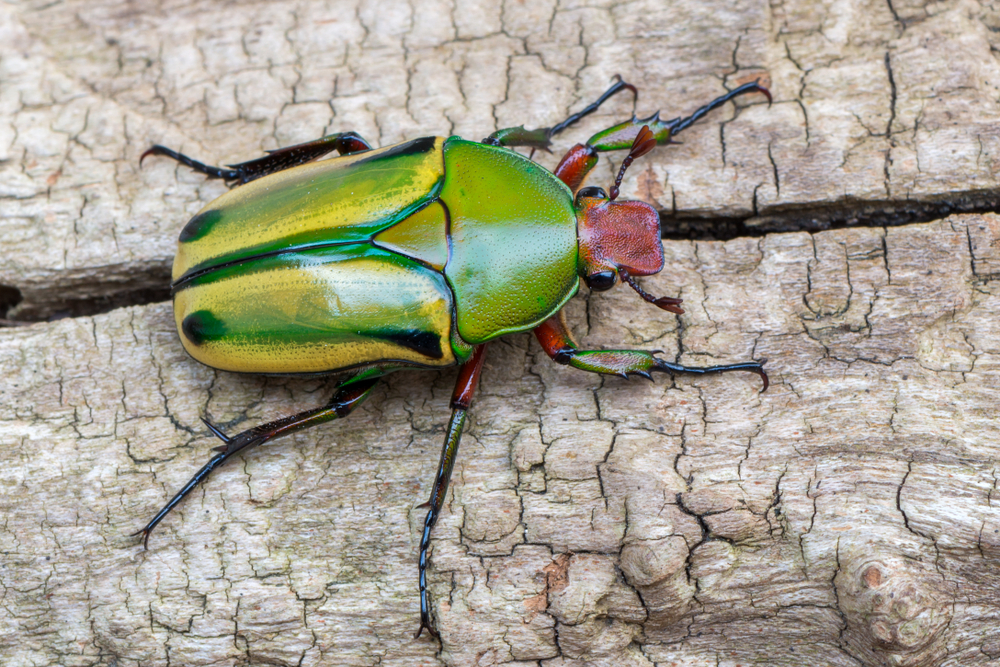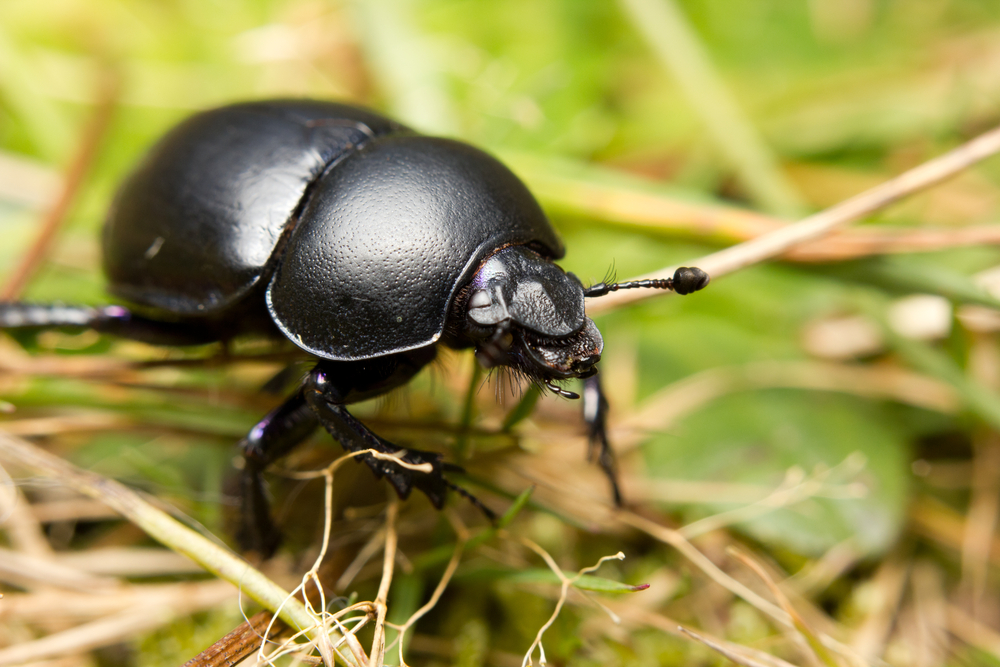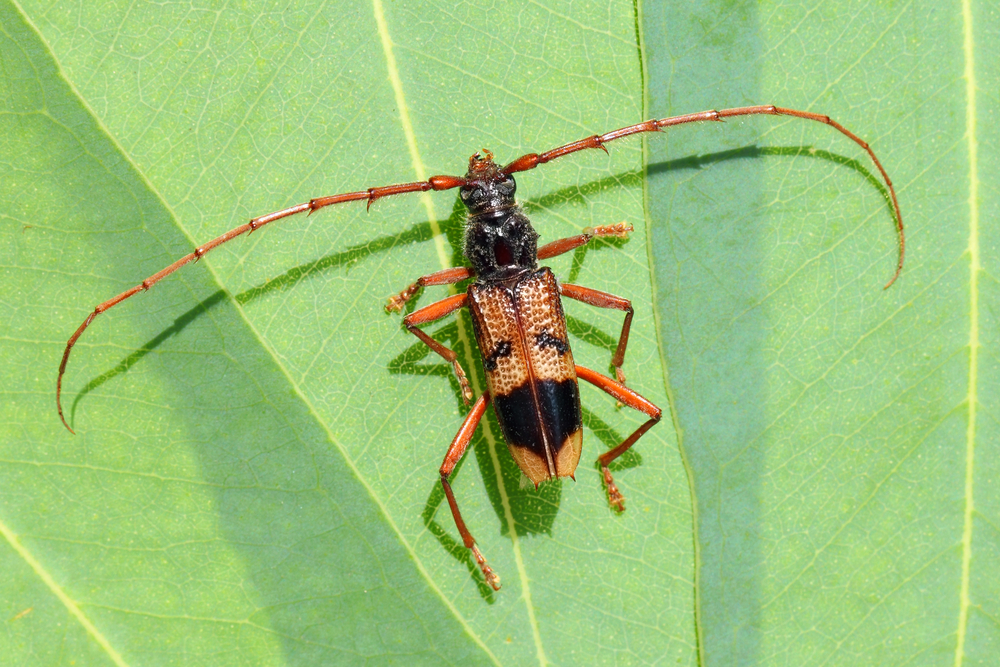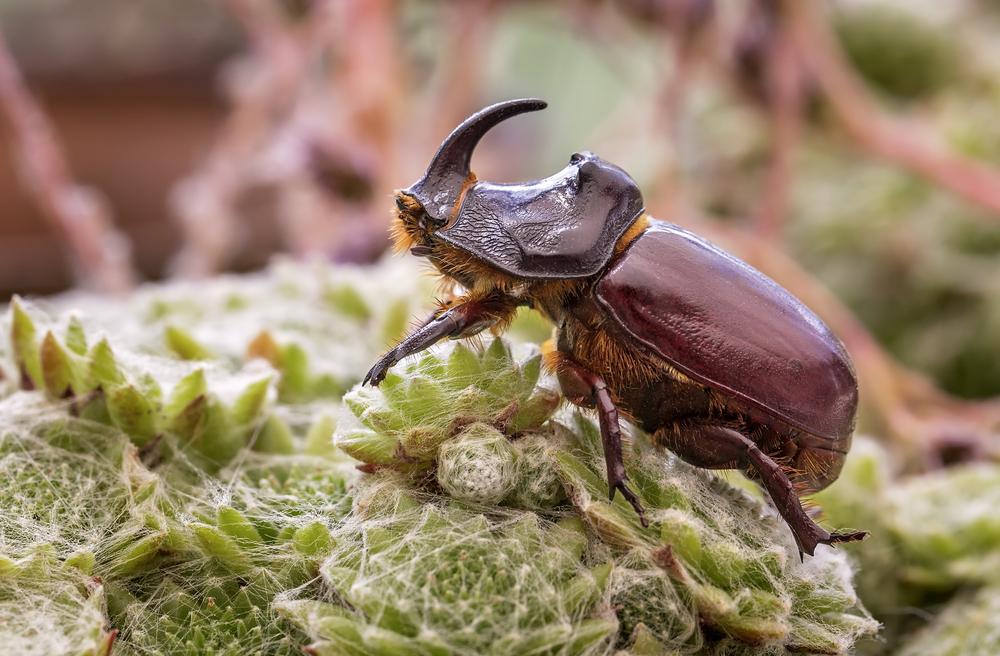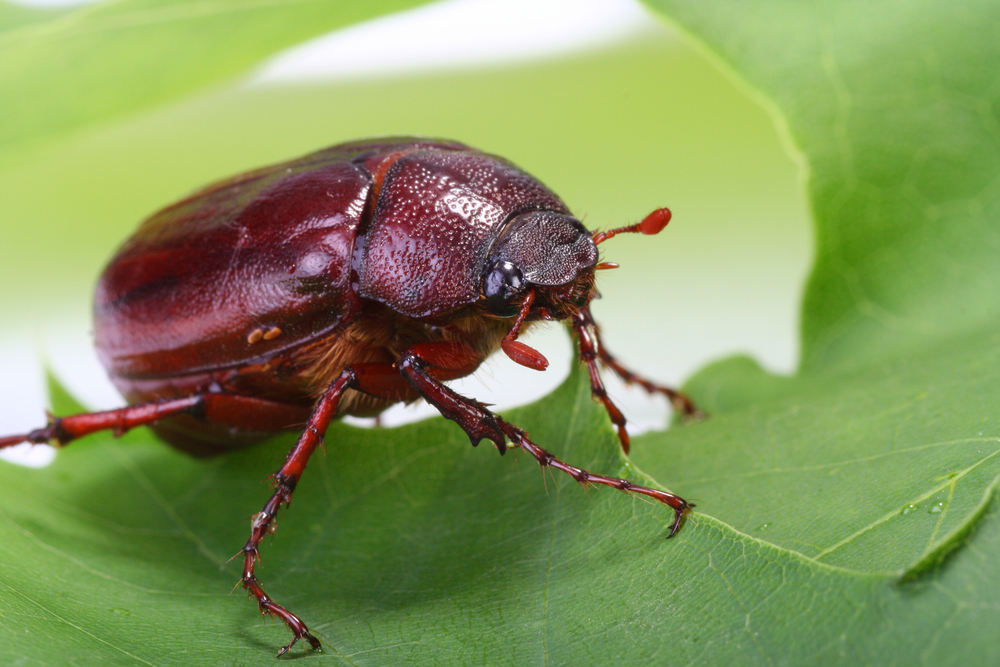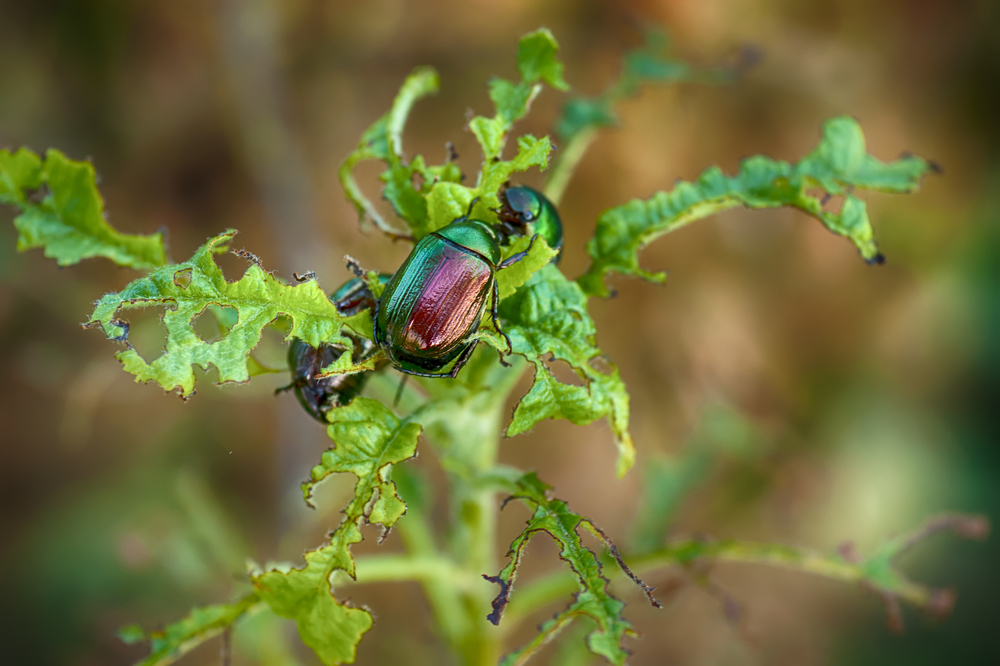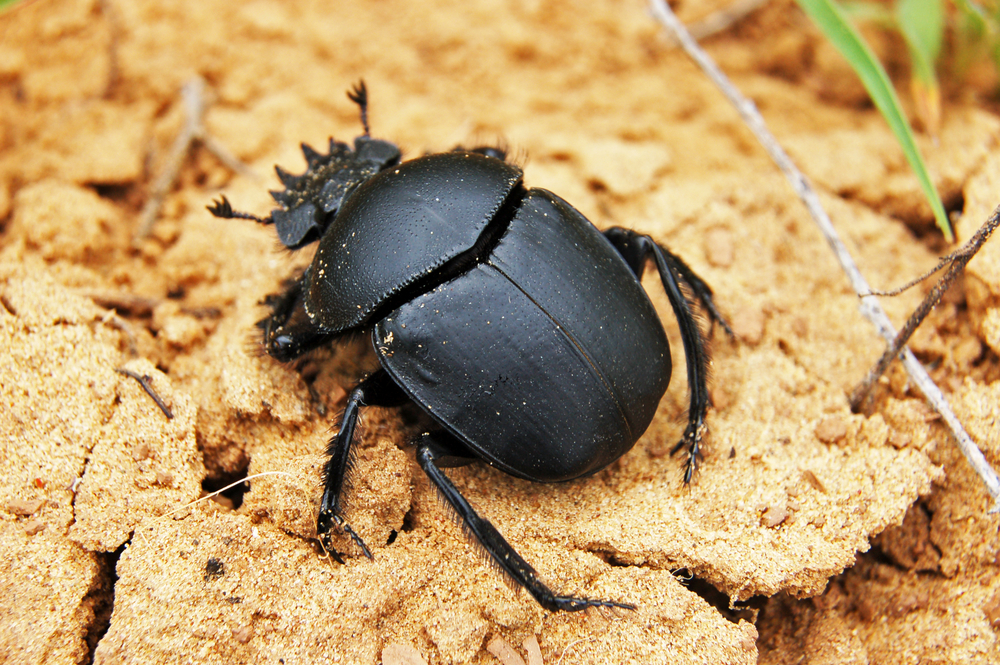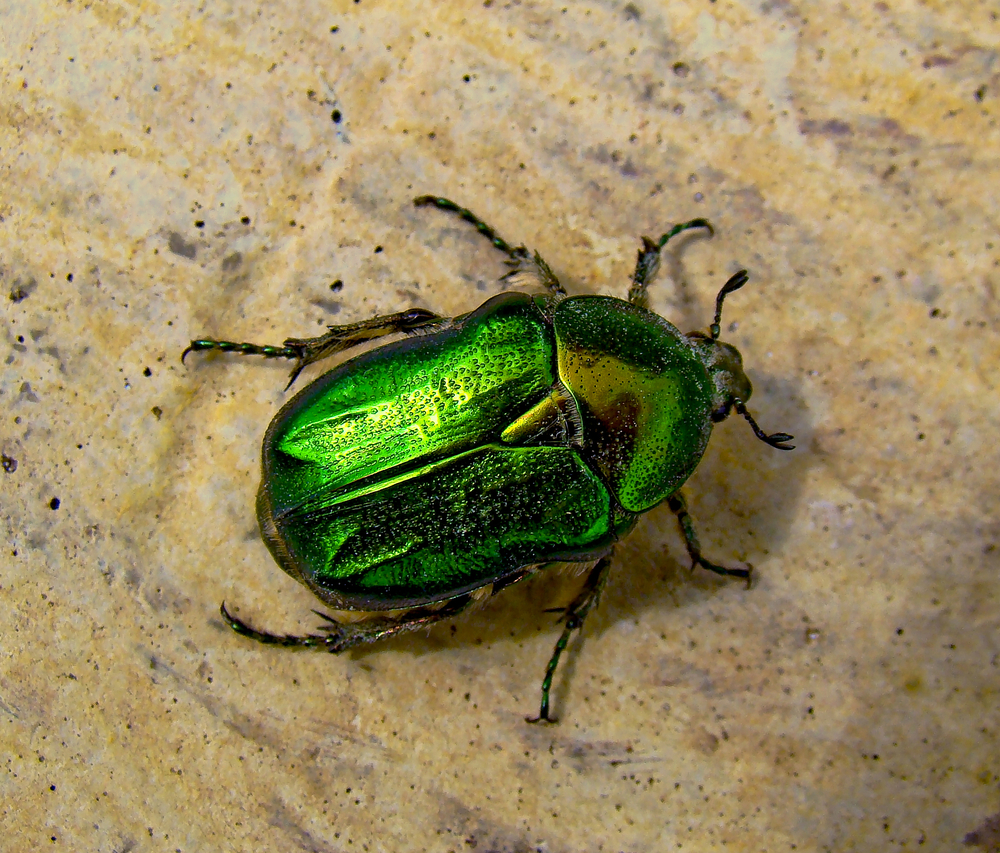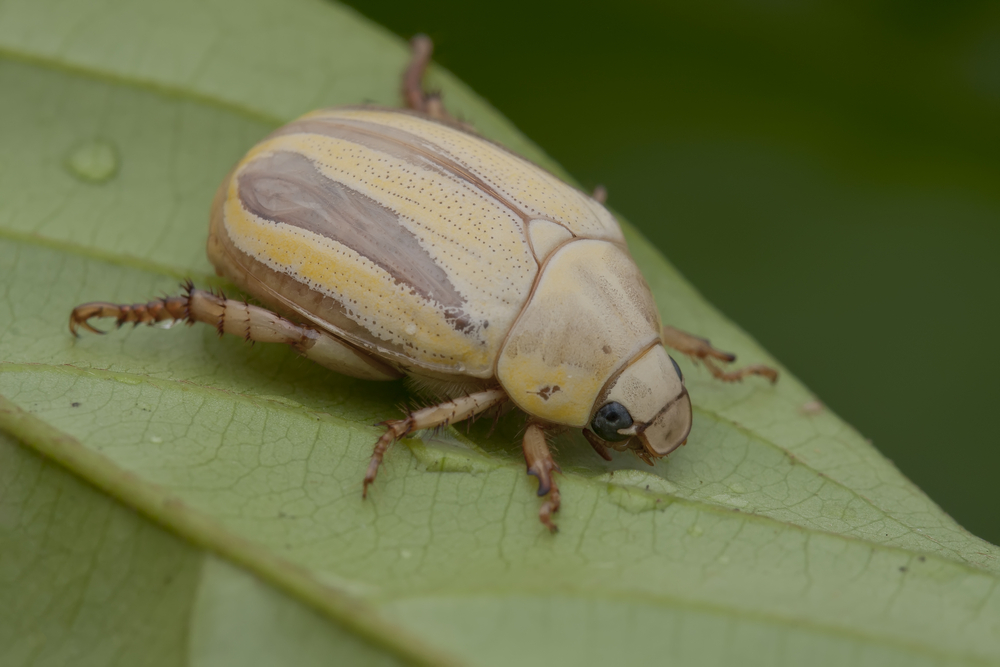Scarab beetles belong to the family Scarabaeidae, which is one of the largest beetle families, encompassing a vast number of species. There are over 30,000 described species of scarab beetles worldwide, and it is estimated that there may be many more undiscovered species. These beetles exhibit a wide range of sizes, shapes, colors, and behaviors, making them a highly diverse group within the insect world.
About
The Scarab Beetle, belonging to the family Scarabaeidae, is among the most captivating and diverse insects within the Animal Kingdom. As members of the order Coleoptera, they share the distinction of being part of the largest order of insects, known for their hardened forewings and distinctive life cycles. The family Scarabaeidae encompasses an astonishing array of species, with over 30,000 identified globally, flourishing in virtually every habitat from dense tropical forests to arid deserts.
The Scarab beetle is remarkably varied in size, color, and behavior depending on the species. Many are noted for their beautiful, often metallic colors and unique, ornate patterns on their exoskeletons. Scarab beetles are perhaps best known for their cultural and historical significance, especially in ancient Egypt, where they were revered as symbols of creation, transformation, and renewal, represented by the sacred scarab, Scarabaeus sacer.
In their natural environments, scarab beetles play vital roles. Many species, like the dung beetle, contribute to nutrient cycling and soil aeration by breaking down and recycling organic matter. Others are essential pollinators or act as natural pest controllers. The life cycle of scarab beetles, from larva to magnificent adult, their ecological contributions, and their profound cultural impact make them a fascinating and integral part of the rich tapestry of life on Earth.
Physical Perspective
Scarab beetles, belonging to the family Scarabaeidae, encompass a vast group of insects known for their distinctive shapes and sizes, vibrant colors, and the important roles they play in their ecosystems. This family includes many subgroups, such as the dung beetles, rhinoceros beetles, and the sacred scarabs of ancient Egypt. Given the diversity within the Scarabaeidae family, this description will focus on general characteristics common to many scarab beetles, noting variations where applicable.
Size
- Body Length: Scarab beetles range significantly in size depending on the species, from as small as 0.08 inches (2 millimeters) to as large as 6.7 inches (170 millimeters) for some of the largest rhinoceros beetles.
- Weight: Given their small size, scarab beetles are lightweight, with their weight often measured in grams or milligrams. The larger species, like some rhinoceros beetles, can be more substantial but typically do not exceed a few ounces (grams).
Physical Characteristics
- Body Shape: Scarab beetles generally have a robust and compact body with a somewhat rounded or oval shape. Their bodies are divided into three main parts: the head, thorax, and abdomen.
- Exoskeleton and Coloration: They are known for their hard exoskeleton made of chitin, which can exhibit a wide range of colors and patterns, including metallic greens, golds, blues, and blacks. These vibrant colors are often the result of structural coloration, where the surface structure of the exoskeleton reflects light in specific ways.
- Head: The head houses compound eyes, which are relatively small but capable of detecting movement and light changes. Many scarab beetles have antennae that end in a series of leaf-like or club-like structures called lamellae, which can fan out to sense the environment and are especially important for detecting pheromones.
- Legs: Scarab beetles have three pairs of legs, with variations in structure and size that reflect their lifestyle and habitat. For example, dung beetles have strong legs for digging and rolling dung balls, while the legs of flying scarabs are adapted for landing and taking off from various surfaces.
- Wings: They possess two pairs of wings, with the front pair modified into hard, protective covers called elytra. The elytra cover the second pair of wings, which are membranous and used for flying. The elytra often meet in a straight line down the beetle’s back and can display vibrant colors and patterns.
Behavior and Adaptations
Scarab beetles exhibit a wide range of behaviors and adaptations to their environments. Many species are vital to their ecosystems as decomposers, feeding on plant and animal detritus, while others are important pollinators for various plants. Dung beetles, a well-known subgroup, play a critical role in nutrient recycling and soil aeration by burying and consuming dung.
The diversity in the physical and behavioral traits of scarab beetles has made them a subject of fascination throughout human history, symbolizing life, death, and rebirth in ancient cultures, and they continue to be a valuable part of natural ecosystems around the world.
Reproduction
The reproductive cycle of scarab beetles is intriguing and varies widely among the different species within the Scarabaeidae family. Generally, the cycle includes mating, egg-laying, a larval stage, pupation, and emergence as an adult. Here’s a closer look at their reproductive process:
- Mating: Adult scarab beetles typically mate during the warm months. Many species have specific rituals or behaviors associated with mating. For instance, in dung beetles (a subgroup of scarab beetles), males may offer a dung ball to females or use their large horns in combat with other males to win mating opportunities.
- Egg-Laying: After mating, female scarab beetles lay their eggs in carefully chosen locations. The site and method depend on the species. Some, like dung beetles, bury their eggs in dung balls or underground with a dung supply. Others may choose soil, decomposing wood, or leaf litter. The number of eggs laid also varies but can range from just a few to several dozen.
- Larval Stage: The eggs hatch into larvae, which are typically C-shaped grubs. These grubs go through several instars, growing larger each time they molt their exoskeleton. The larval stage can last from a few months to several years, depending on environmental conditions and the species. During this time, larvae feed voraciously on their food source, whether it’s dung, decomposing vegetation, or wood.
- Pupation: After the final larval instar, the grub pupates, transforming into an adult beetle. This pupal stage can last from a few weeks to several months. The pupa is often encased in a protective cocoon made from surrounding materials.
- Emergence of Adults: Finally, the adult beetle emerges from the pupal stage. Adult scarab beetles typically have a shorter lifespan, during which their primary focus is reproduction, starting the cycle anew.
The gestation period, referring to the time between egg-laying and hatching, is relatively short, usually a few days to a few weeks. However, the subsequent larval stage is the longest and most variable part of the life cycle.
Scarab beetles are remarkable for their complex life cycles and the diverse strategies they employ in reproduction and development. The larvae, particularly those of dung beetles, play significant ecological roles, such as aiding in nutrient recycling and soil aeration.
Lifespan
The lifespan of scarab beetles varies significantly among species and is influenced by environmental factors and the availability of resources. Here’s an overview of their lifespan and the threats they face:
Lifespan
- In the Wild:
- Larval Stage: This is the longest phase of the scarab beetle’s life cycle, often lasting from several months to several years, depending on the species and environmental conditions. During this time, the larvae feed and grow, undergoing several molts.
- Adult Stage: The adult stage of scarab beetles is relatively short. Once emerged, adults typically live for a few months. Their primary focus during this time is to reproduce. Some species may live longer, particularly in regions with favorable conditions that allow for an extended active period.
- In Captivity:
- Under controlled conditions, with threats minimized and a steady supply of food, scarab beetles can live up to their maximum lifespan potential. In captivity, some of the stressors and predators present in the wild are absent, which can extend their lifespan, particularly in the adult stage.
Biggest Threats
- Habitat Loss: The destruction of natural habitats due to urban development, agriculture, and deforestation can severely impact scarab beetles, particularly species that rely on specific plants or types of decaying organic matter.
- Pesticides and Pollution: The use of pesticides in agriculture and contamination from industrial activities can harm scarab beetles, either directly through poisoning or indirectly by reducing the availability of their food sources.
- Climate Change: Changes in climate patterns can affect the distribution and lifecycle of scarab beetles, altering the availability of food and suitable habitats, and potentially leading to mismatches in ecological interactions.
- Collection and Trade: Some scarab beetles, especially those with striking appearances, are collected for the pet trade or as specimens. Overcollection can lead to population declines, particularly for species that are already vulnerable.
Scarab beetles, with their diverse lifestyles and ecological roles, are an important component of many ecosystems. They contribute to processes such as decomposition, nutrient cycling, and pollination. Protecting their habitats and ensuring the availability of resources are crucial for maintaining their populations and the health of the ecosystems they inhabit.
Eating Habits
Scarab beetles exhibit a wide range of eating habits, reflecting the immense diversity within the Scarabaeidae family. Their diet and method of gathering food can vary significantly among species, but here are some general tendencies:
- Larvae (Grubs):
- The larvae of most scarab beetles feed on decomposing organic matter. This includes decaying plant material, dead wood, and, in the case of dung beetles, animal feces.
- Dung beetle larvae, for example, are often provided with a dung ball by their parents, which serves as both food and shelter.
- Larvae of some species feed on decomposing wood, playing a role in breaking down and recycling nutrients from dead trees.
- Adults:
- The diet of adult scarab beetles is quite varied and depends on the species. Many feed on plant material, including leaves, flowers, fruits, and sap. Some species are known to cause damage to crops by feeding on the plants.
- Dung beetles are known for their role in consuming and burying dung, which not only provides them with nutrients but also contributes to nutrient cycling and soil aeration.
- Some scarab beetles are also predators or scavengers, feeding on other insects or decaying animal matter.
- Method of Gathering Food:
- Scarab beetles are typically opportunistic feeders, taking advantage of available resources in their environment.
- Dung beetles, for example, are attracted to dung by the scent and will quickly gather and process the dung for consumption or breeding purposes.
- Other scarab beetles may chew through plant material or burrow into the soil to access roots.
The diverse dietary habits of scarab beetles reflect their adaptability and the various ecological niches they occupy. Whether they’re processing dung, decomposing wood, or consuming plant material, scarab beetles play important roles in their ecosystems, contributing to nutrient cycling, soil health, and the control of other insect populations.
Uniqueness
Scarab beetles are unique for several reasons, standing out in the insect world due to their remarkable diversity, ecological roles, and cultural significance:
- Diversity of Species: The Scarabaeidae family is one of the largest and most diverse families in the insect kingdom, with over 30,000 known species. This diversity is reflected in their wide range of sizes, colors, and behaviors.
- Symbolic and Cultural Importance: Scarab beetles, particularly the sacred scarab, Scarabaeus sacer, held significant symbolic and religious importance in ancient Egypt. They were associated with the sun god Ra and the concept of rebirth and regeneration, leading to their widespread representation in art, jewelry, and amulets.
- Ecological Contributions: Scarab beetles play crucial ecological roles. Dung beetles, a subgroup of scarabs, are known for their ability to recycle nutrients, aerate the soil, and control parasites by burying and consuming dung. Other scarab beetles participate in pollination and help decompose organic matter, contributing to the health of ecosystems.
- Unique Behaviors: Many scarab beetles display unique and fascinating behaviors. For instance, dung beetles are known for their remarkable navigation skills, using the Milky Way to orient themselves while rolling dung balls.
- Impressive Strength: Some scarab beetles, particularly dung beetles, possess extraordinary strength relative to their size. They can move objects many times their own weight, a feat that is not only fascinating but also essential for their survival and role in the ecosystem.
- Metamorphosis and Development: The life cycle of scarab beetles, from egg to larva to pupa to adult, is a complex process. The larvae of many species undergo a lengthy development period within nutrient-rich environments such as dung or decaying wood, highlighting their role in nutrient cycling and soil formation.
- Variety of Diets: Scarab beetles have a wide range of diets, with some feeding on plant material, others on dung, and some on decaying matter or insects. This dietary diversity allows them to thrive in various environments and contributes to their widespread distribution.
The unique combination of cultural significance, ecological importance, diverse lifestyles, and remarkable physical and behavioral traits make scarab beetles a fascinating group within the natural world. Their presence and actions have profound implications for the health and balance of ecosystems across the globe.
FAQ’s
1. How many types of Stag Beetles are there?
2. What are some of the more popular Scarab Beetle species?
Scarab beetles are a diverse group, and while it’s challenging to single out the “most popular” species, I can provide descriptions of 10 well-known scarab beetle species:
- Dung Beetle (Scarabaeus sacer): Known for rolling dung balls, they play a vital role in recycling nutrients in ecosystems.
- Japanese Beetle (Popillia japonica): An invasive pest, these beetles damage plants by skeletonizing leaves in their larval stage.
- Rhinoceros Beetle (Dynastinae): Large and powerful, these beetles have distinctive horns on their heads and are popular pets in some cultures.
- Atlas Beetle (Chalcosoma atlas): Renowned for their massive size and impressive horn-like projections, they’re coveted among collectors.
- June Beetle (Phyllophaga spp.): Common in North America, their larvae are often called “white grubs” and can be pests in lawns.
- Rose Chafer (Cetonia aurata): Known for their striking metallic green or golden appearance, they feed on flower petals.
- Christmas Beetle (Anoplognathus spp.): Named for their seasonal appearance, they are colorful and can be agricultural pests in Australia.
- Hercules Beetle (Dynastes hercules): Among the largest beetles globally, they’re prized by collectors for their size and appearance.
- Sacred Scarab (Scarabaeus sacer): Iconic in ancient Egyptian culture, these beetles are associated with rebirth and transformation.
- Dorcus titanus: Recognized for their striking appearance and elongated mandibles, they are popular among beetle enthusiasts.
These are just a few examples, and the scarab beetle family encompasses a remarkable array of species, each with unique characteristics and adaptations.
Related Family Species
Sources
- Britannica, Scarab Beetle, https://www.britannica.com/animal/scarab-beetle, retrieved January 2024.
- Burnie, David & Wilson, Don, Animal, Smithsonian Institute, Washington DC.
- Hickman et al, Integrated Principle of Zoology, McGraw Hill, Boston.






























































